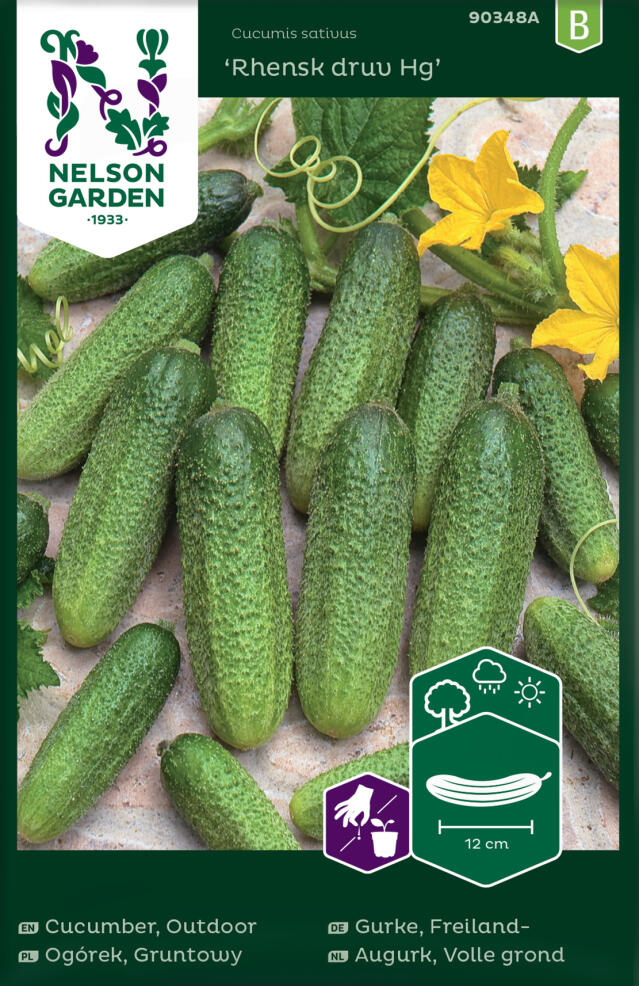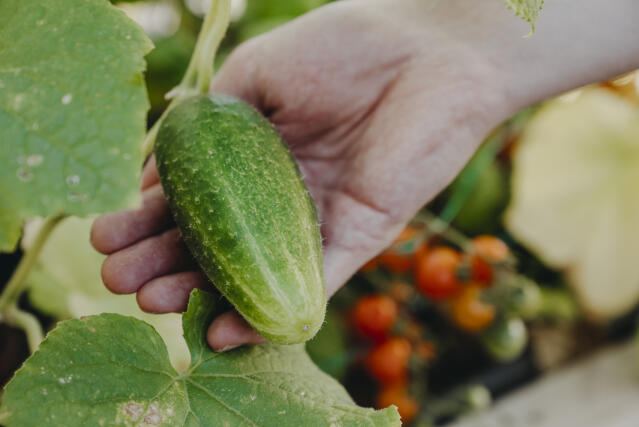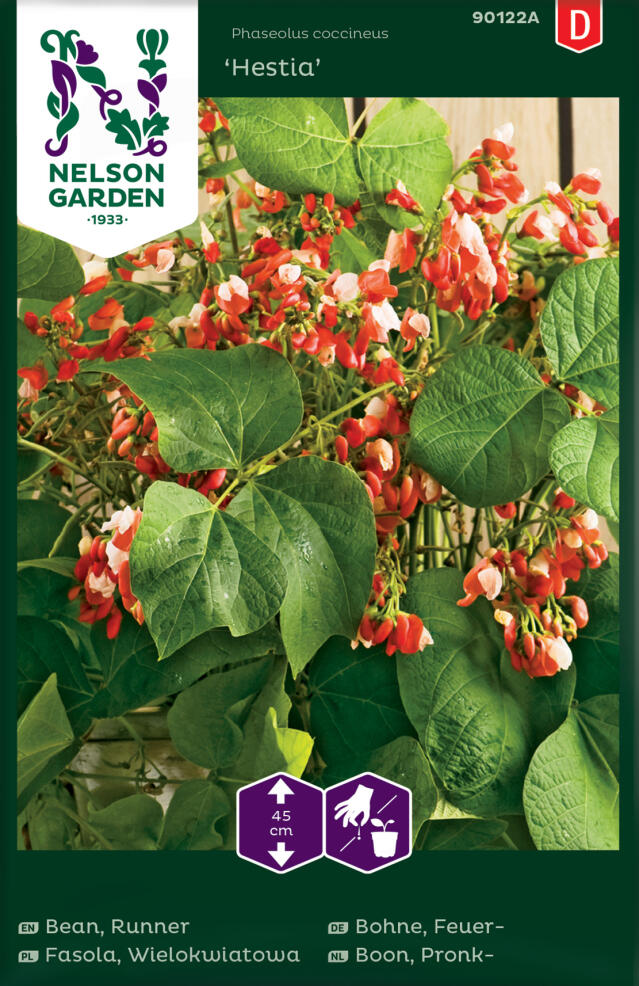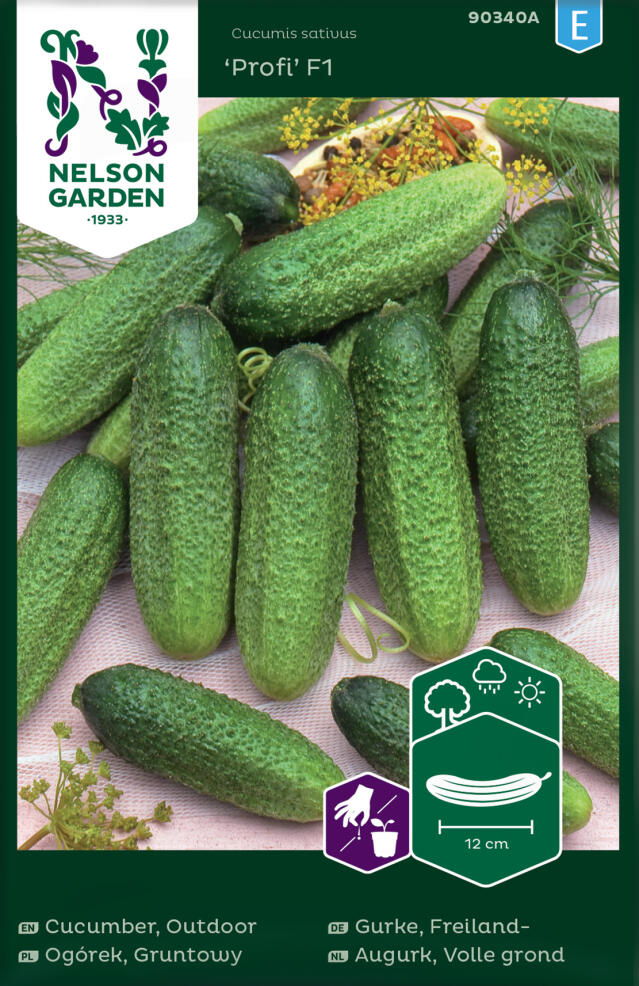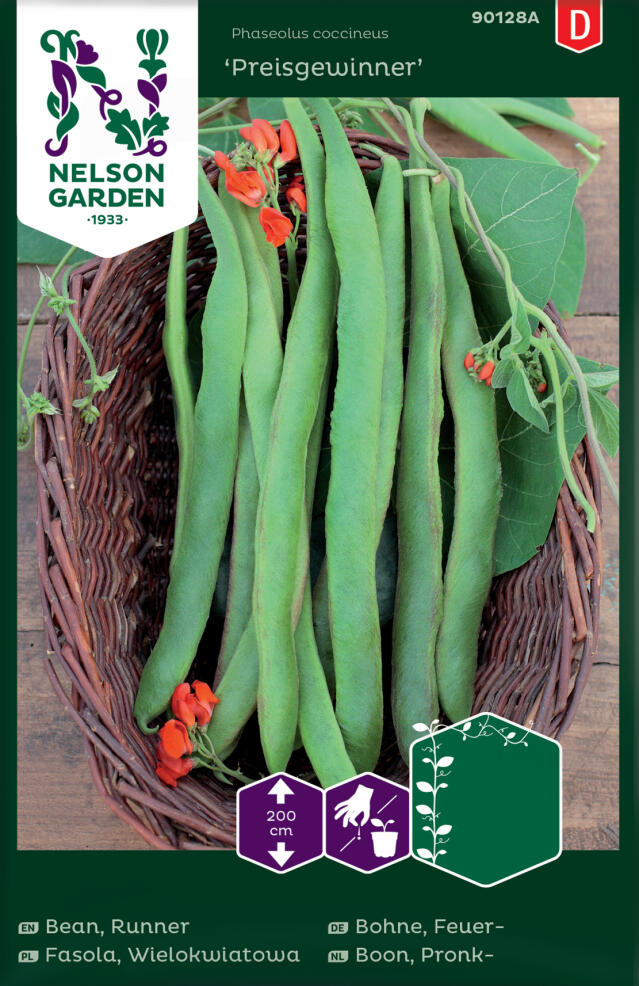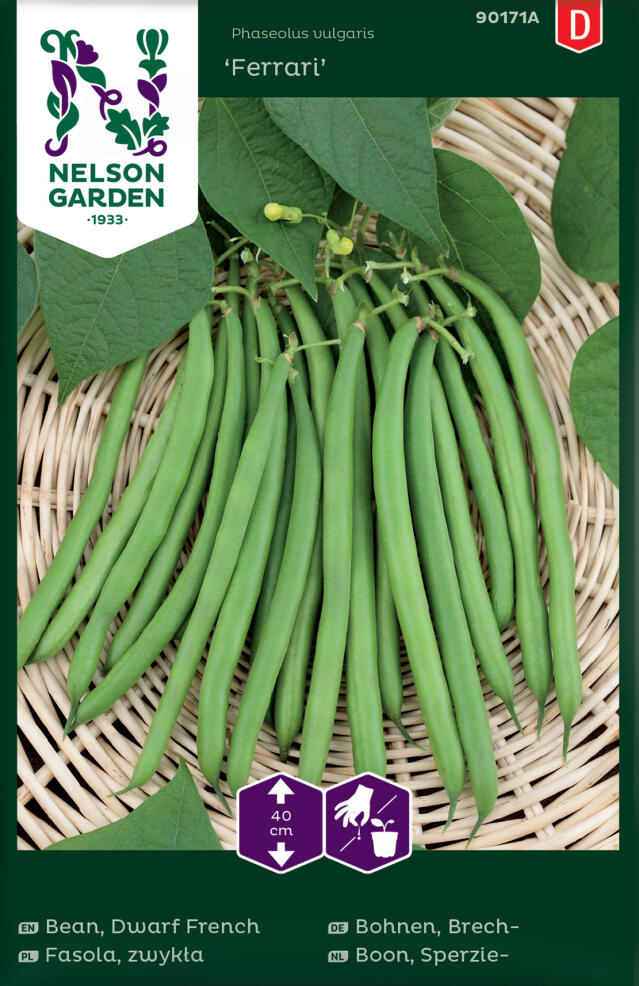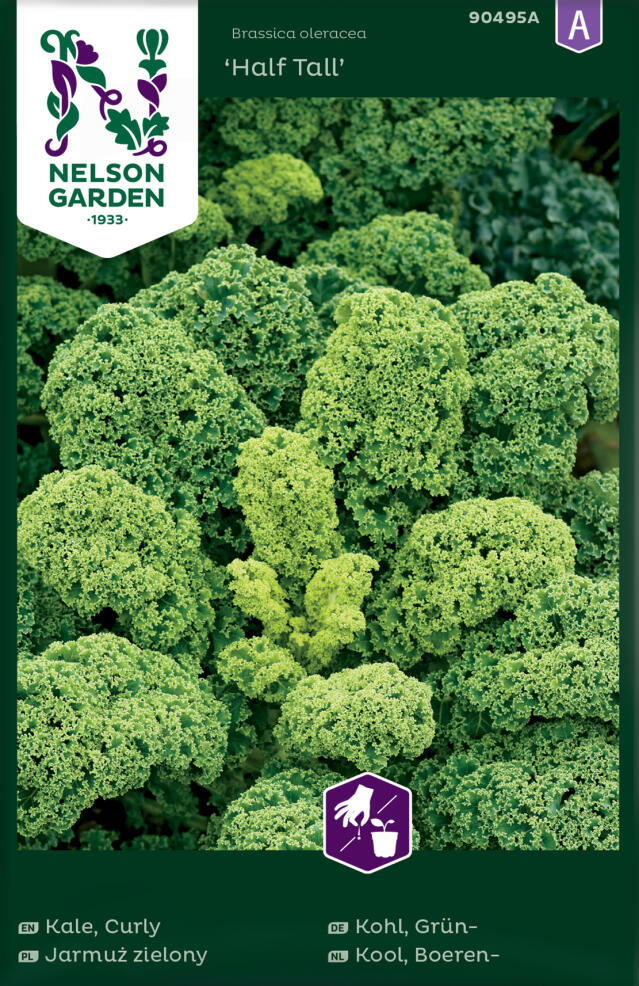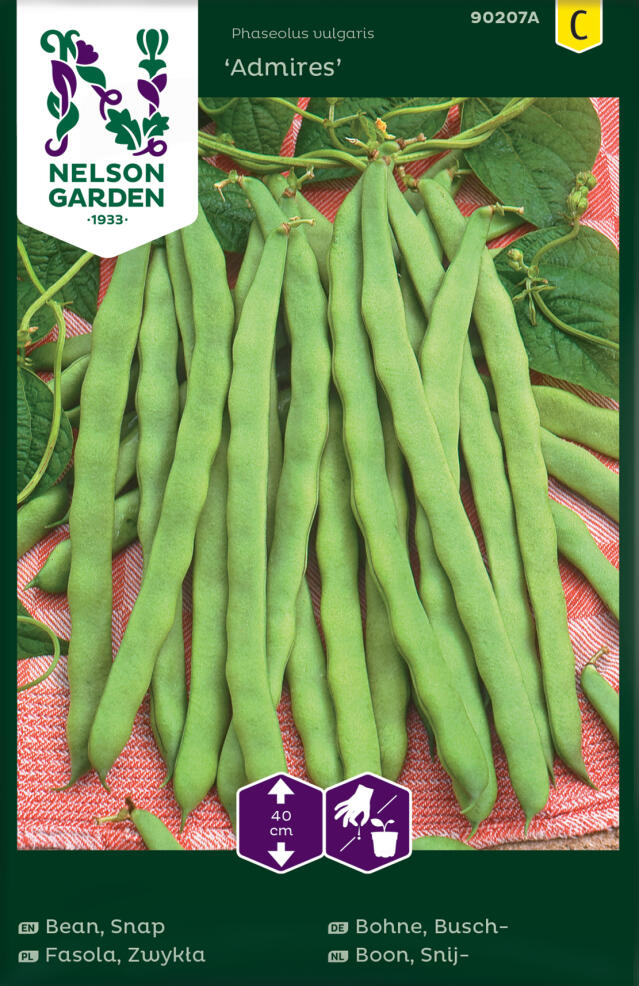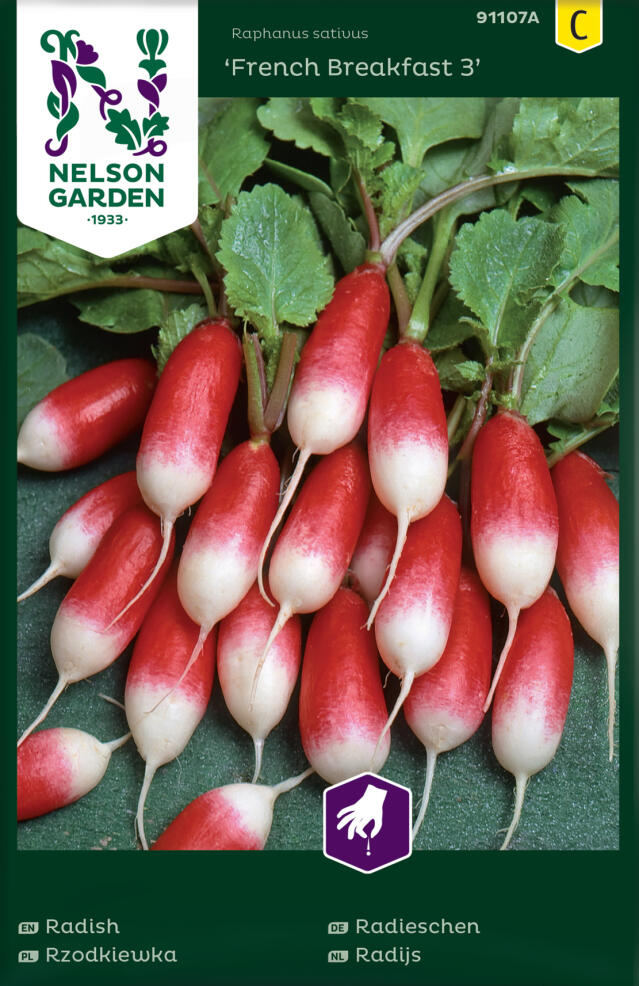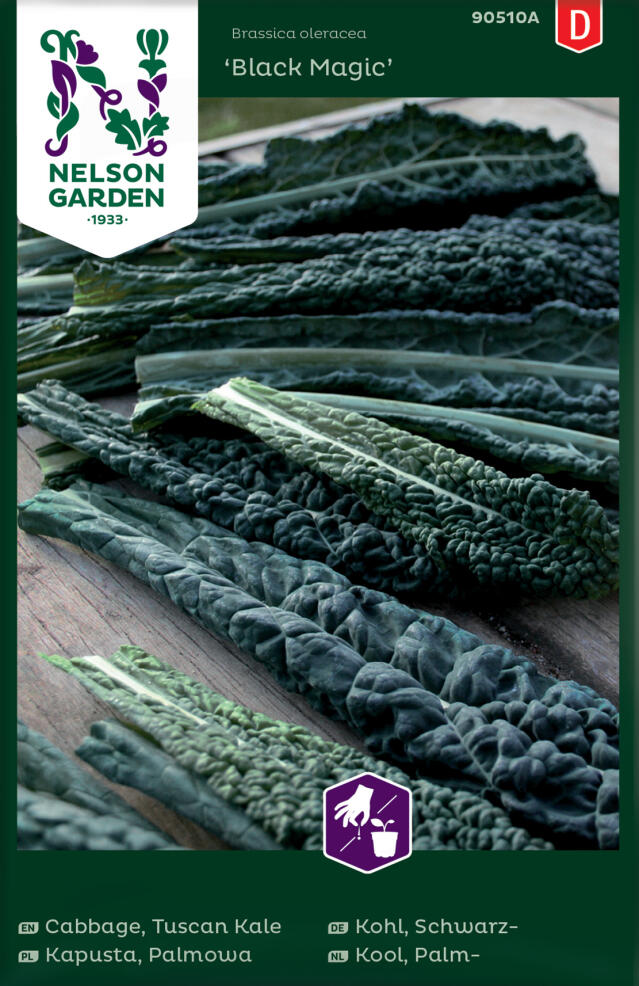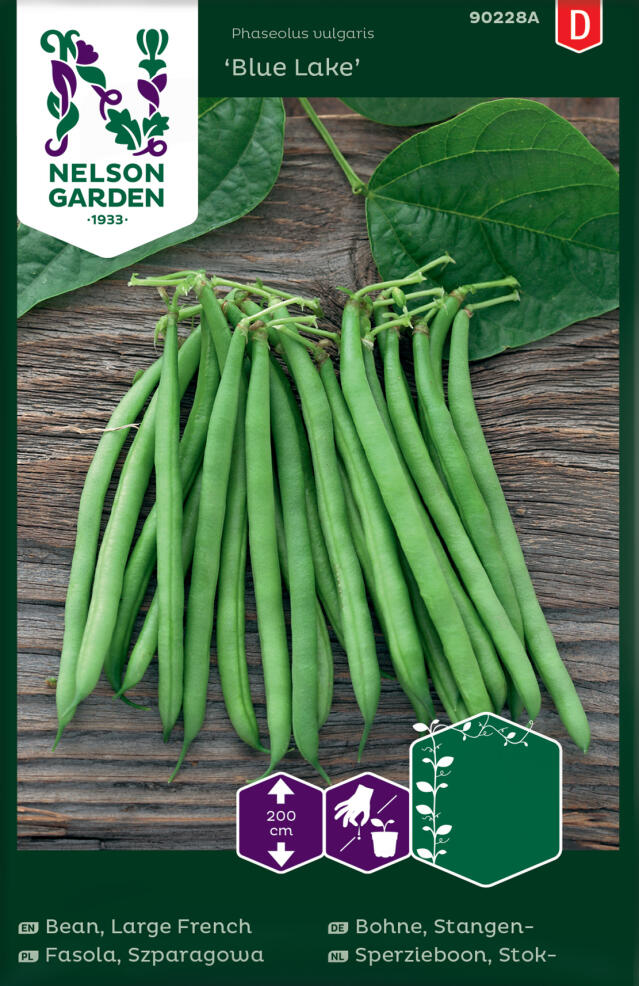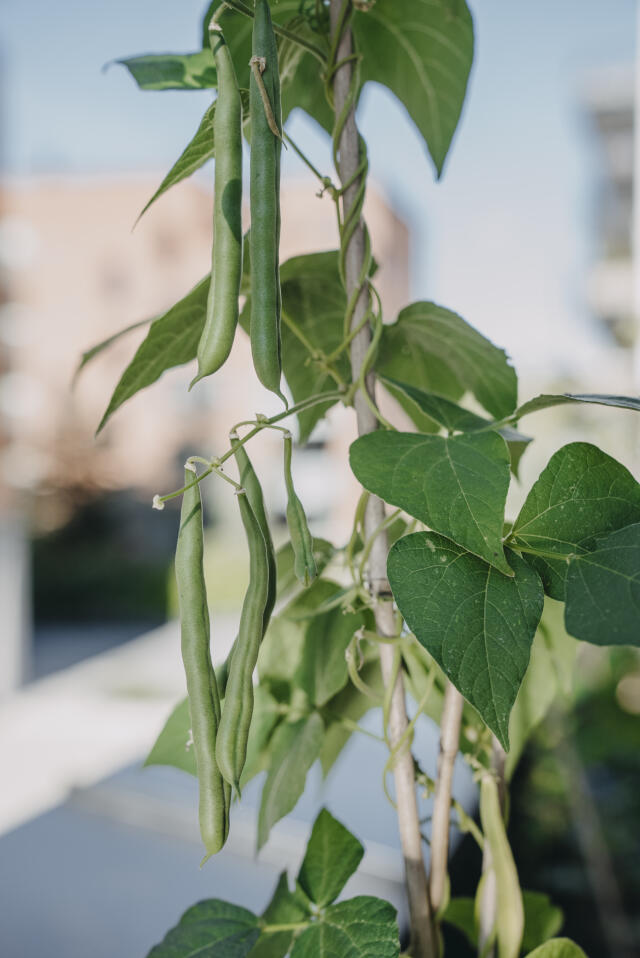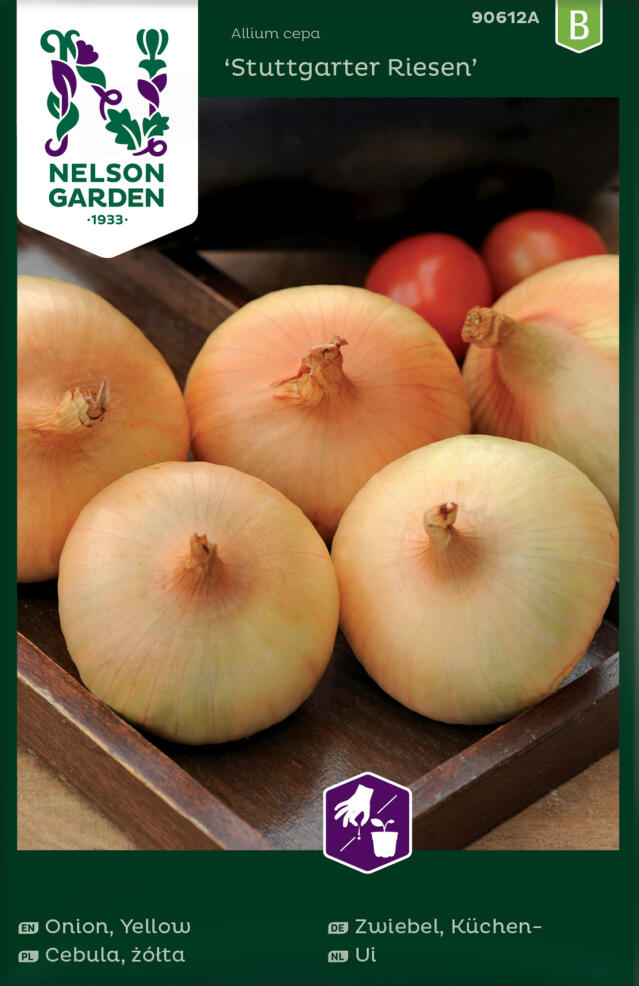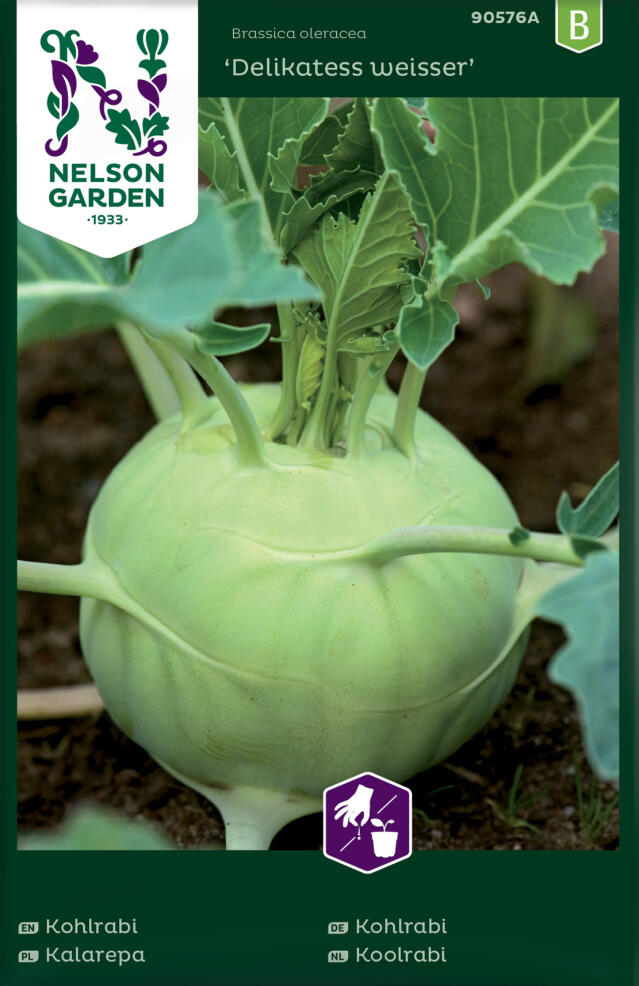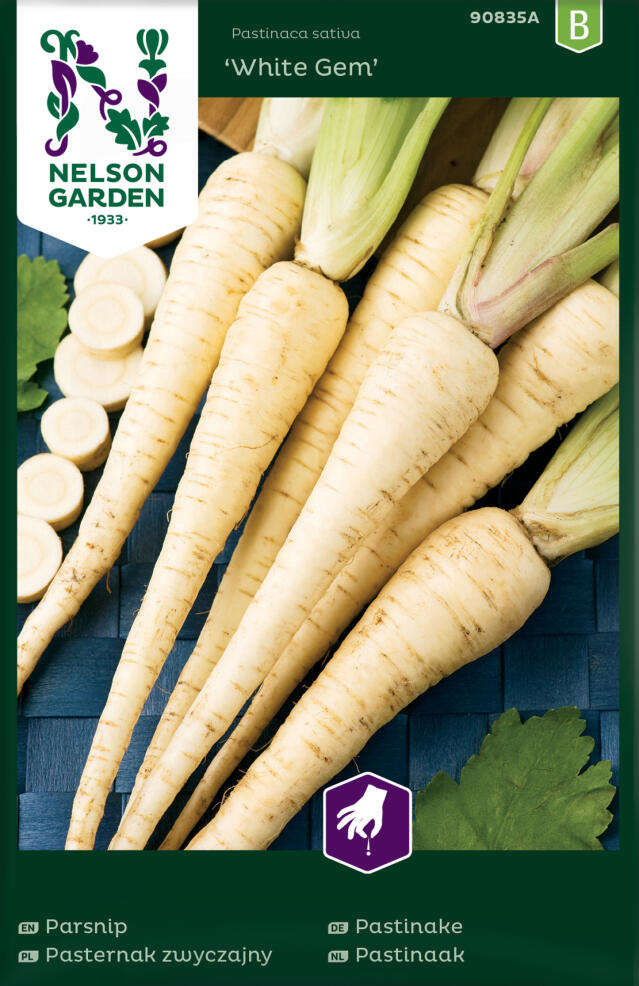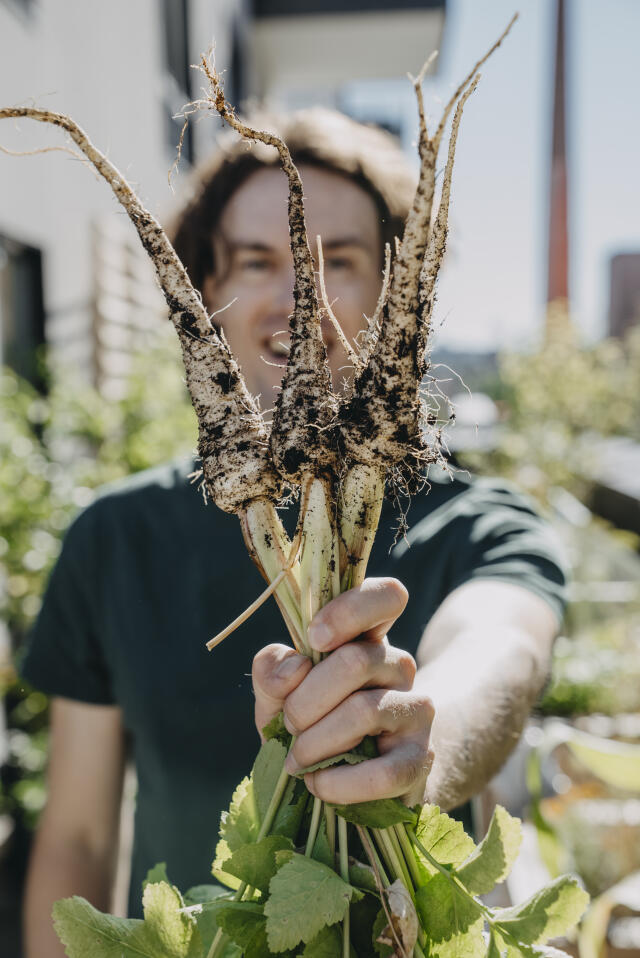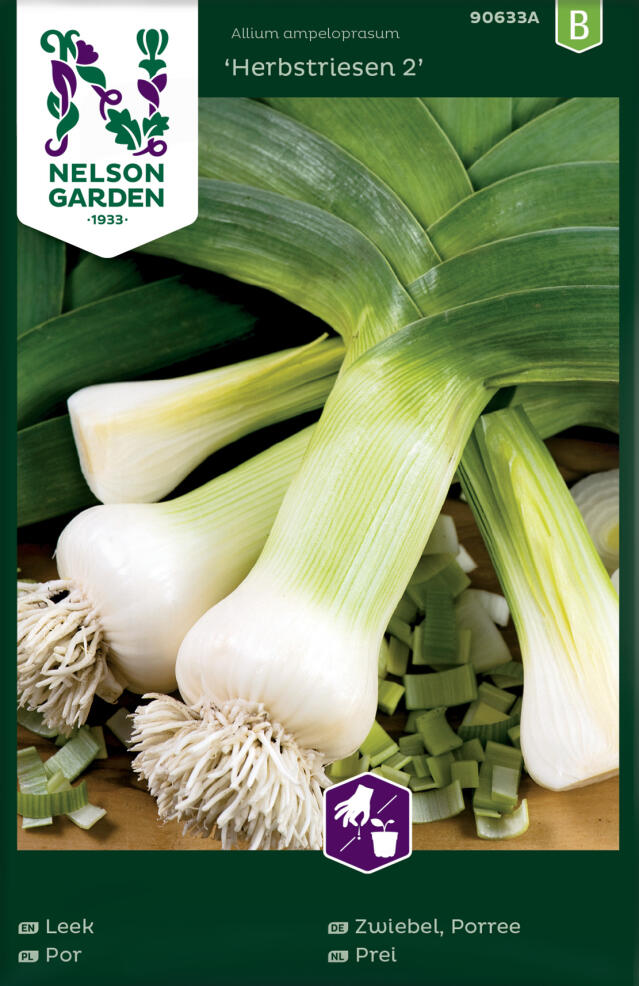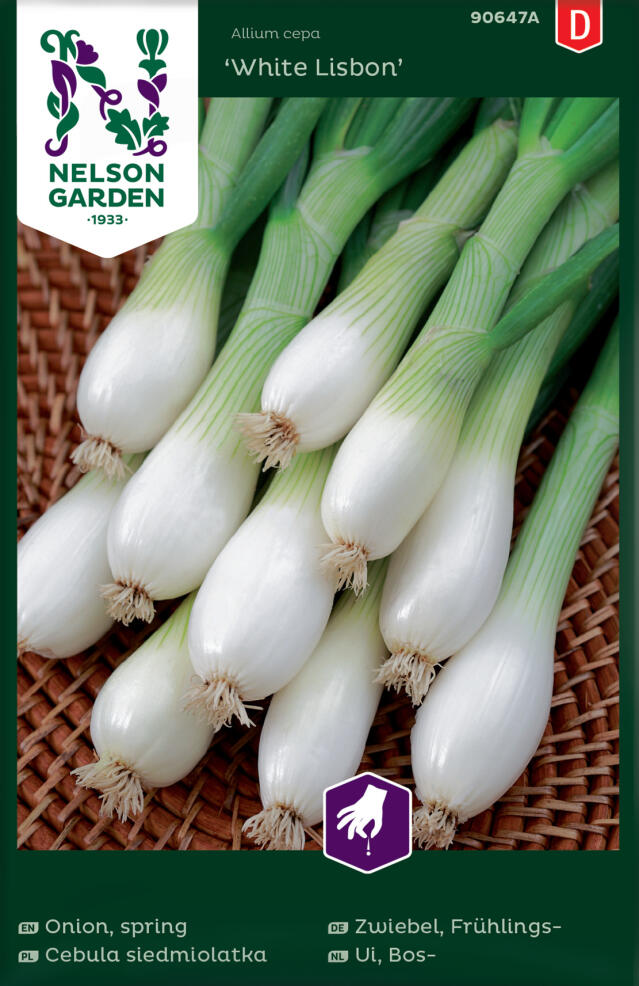Cultivate the soil
March 13, 2023Good soil sets the foundations for successful growing. Both structure and nutrition are things you can influence to cultivate a soil that is full of life. Feel free to be inspired by the wild and use nature's own solutions to maintain a good soil.
Soil is what we usually grow in, but we can also grow the soil itself. In the blog post 'What kind of soil do I have' we talked about what soil is made of and how it affects the properties of the soil. We were also able to see how important it is that the earth is actually full of life.
If you're growing outdoors - in an existing bed or creating a new one - it can be tempting to replace all the soil with a load of store-bought soil that's free of stones and weeds. However, this is not necessary - in fact the opposite is true. This is because your original soil contains a lot that will benefit your plants. The type of land you grow on will play a role in what needs to be improved.
If you grow in pots or pallet crates and use bagged soil, your conditions are different. However, regardless of how and where you grow, it is still important to consider the structure and nutrient content of the soil.
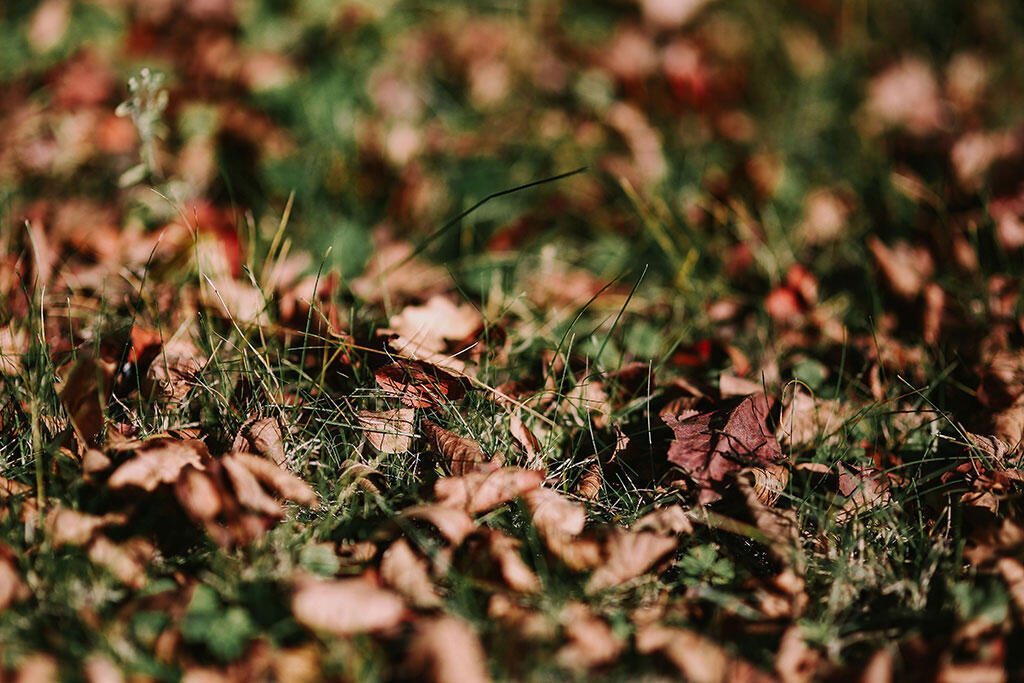 Take advantage of autumn's dry leaves and use them to improve the soil.
Take advantage of autumn's dry leaves and use them to improve the soil.
Soil improvement
In simple terms, improving the soil means taking care of the soil so that it in turn becomes a soil where your plants thrive.
Improve soil structure
A strong soil system leading deep into the soil is a prerequisite for strong and persistent plants The further down the roots reach, the better they resist drought because the soil retains moisture better below the surface. This requires that the soil has a loose structure that is not too compact.
Peat, bark and coarse plant material improve the structure. Your plants will find it easier to find room for their roots in the spaces created between the coarse and fine parts of the soil. The space also acts as a water reservoir and can keep moisture available for your plants.
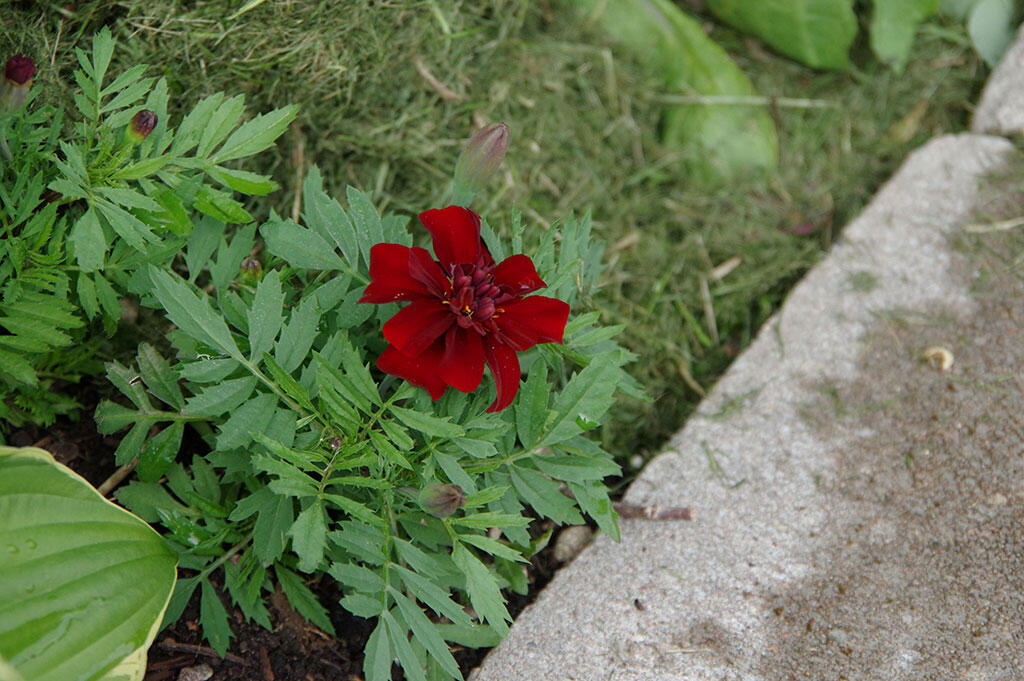 Grass clippings placed in the flowerbed retain moisture and eventually break down into nutrient-rich soil. Photo: Lovisa Back
Grass clippings placed in the flowerbed retain moisture and eventually break down into nutrient-rich soil. Photo: Lovisa Back
Improve the nutrient content of the soil
When you use organic matter to improve soil structure, you also add nutrients to the soil. The organic material will be broken down by microorganisms and other small helpers that live in the soil.
Some materials, such as peat, break down quickly and do not add much nutrition to the soil. Other materials, such as wood chips and coarser branches, take significantly longer to break down.
Garden compost and grass clippings are very good for the soil. How much nutrition the compost adds varies depending on what it consists of. In general, we can say that the browner and drier the material is, the less nutrition the material provides. A garden compost that has been filled with lots of green plant parts and vegetable scraps from the kitchen will be particularly nutritious.
If you grow things that require a lot of nutrition, for example a vegetable garden or summer flowers in pots, you will need to add nutrition several times during the season. In the little school of fertiliser, we guide you through different ways to add nutrients.
Fill up with nutrition from above
It is good to add the organic material from above. You do this by, for example, putting grass clippings around your plants or burying them a little below the surface. In a cultivated bed or a garden plot, where we don't want to or are unable to dig very deep, this is the best way to improve the structure of the soil in the long term.
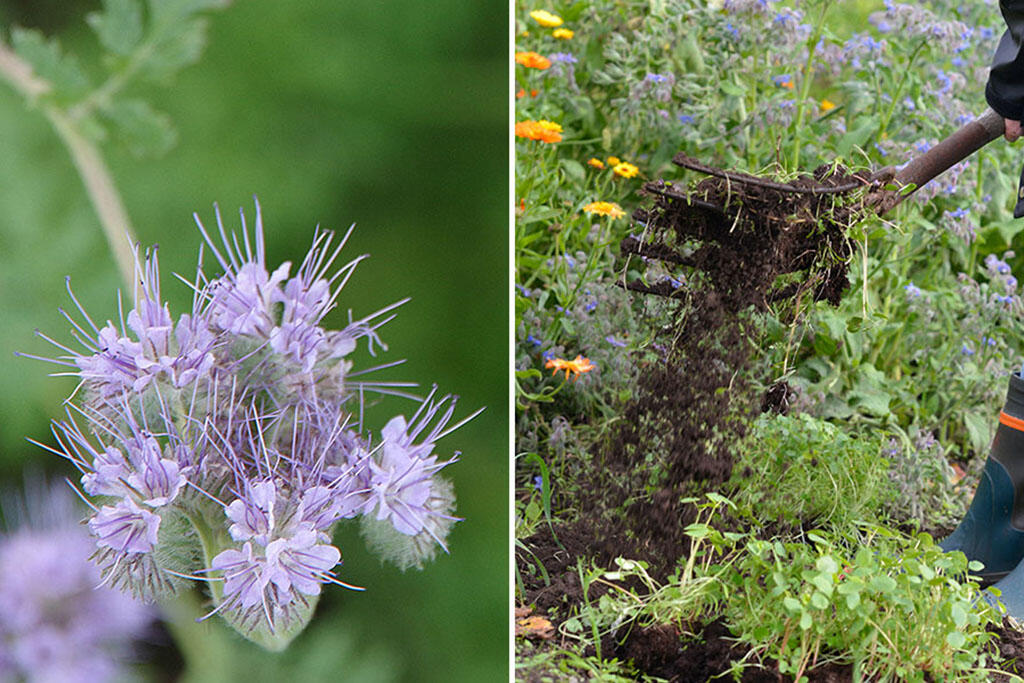
If you let the honey phacelia bloom, it will produce beautiful light purple flowers. As a green fertiliser, you can advantageously turn honey phacelia into the soil even before it blooms. Photo left: Lovisa Back Photo right: Markus Danielsson
Leave plants alone
It's not just from above that you cultivate your soil. The plants themselves are also soil enrichers. For example, plants with strong roots help to loosen the soil. Other plants can attach nutrients to their roots, which are released when the plant is mature. Peas and beans are examples of nitrogen-fixing plants. This means that they cooperate with bacteria to attract nitrogen. Some of the nitrogen is taken up and used by the plant, some is stored at the roots.
As long as your plants have not suffered from any diseases, there is really no practical reason to remove wilted leaves or dead plants. Often we clean out because we want it to look neat - which is of course perfectly fine. But you can leave your pea plants in the field when you have finished harvesting with a clear conscience. Feel free to cut them into smaller pieces, so they break down faster. Feel free to let the roots remain and become soil so that the nitrogen can be used by future plants.
Leaving an empty patch of soil standing is rarely a good thing, as the nutrients literally wash away. Scattering seeds of, for example, honey phacelia or a mix of different green fertiliser plants can be a good idea. Then you can think calmly about what you want to plant there next.
